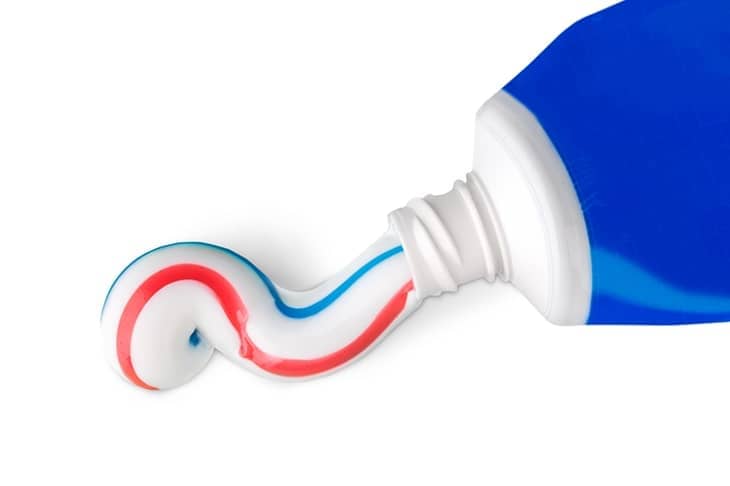The UN Food and Agriculture Organisation’s food price index rose 13 per cent last month to stand a third higher than a year ago. Within the index, cereals rose by 17 per cent – driven by interrupted Ukrainian and Russian wheat supplies – and vegetable oils by 23 per cent, Ukraine being the world’s biggest sunflower farmer. In the UK, wholesale milk is up 20 per cent, as farmers face rising fuel and feed costs. Supermarkets squeeze suppliers to suppress retail prices: but soon, around the same time as our next quarterly gas bills, we’ll feel the full impact at the checkout. And then what?
We may be on the cusp of ‘a new inflationary era’, says Agustin Carstens of the Bank for International Settlements: interest rates must rise, however painfully, to fight it. But by how much and to what effect, given that this surge is a crisis of physical supply rather than a monetary phenomenon? And where are the Paul Volckers (of the Fed) or Karl-Otto Pöhls (of the Bundesbank), those granite-hard currency custodians of old whose mission was price stability above all? I recall Pöhl’s words from 1980: ‘Inflation is like toothpaste: once it’s out of the tube, it is all but impossible to get it back in.’ But I have no convincing answers to my own questions; and neither, I fear, do today’s central bankers.
Hotel dramas
The death aged 84 of Willy Bauer, dubbed ‘the saviour of the Savoy’ as its general manager during a celebrated 1980s takeover battle, is a reminder that grand hotels – forever calm front-of-house but chaotic in the kitchens – provide entertaining corporate dramas. The story then was a decade-long culture clash worthy of the pen of Julian Fellowes: on one side, the up-and-coming Forte dynasty, who acquired majority ownership of the Savoy’s shares; on the other, an old guard led by the haughty Sir Hugh Wontner, who somehow managed to cling on to voting control.









Comments
Join the debate for just £1 a month
Be part of the conversation with other Spectator readers by getting your first three months for £3.
UNLOCK ACCESS Just £1 a monthAlready a subscriber? Log in